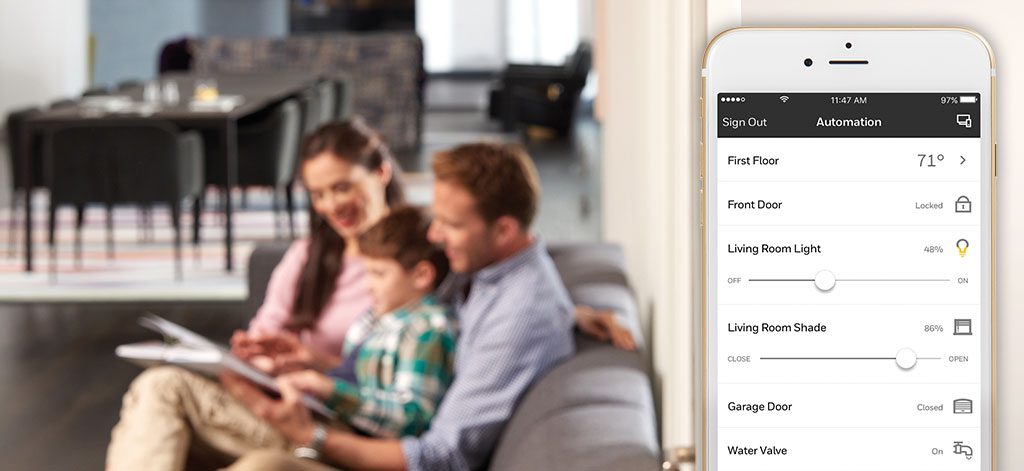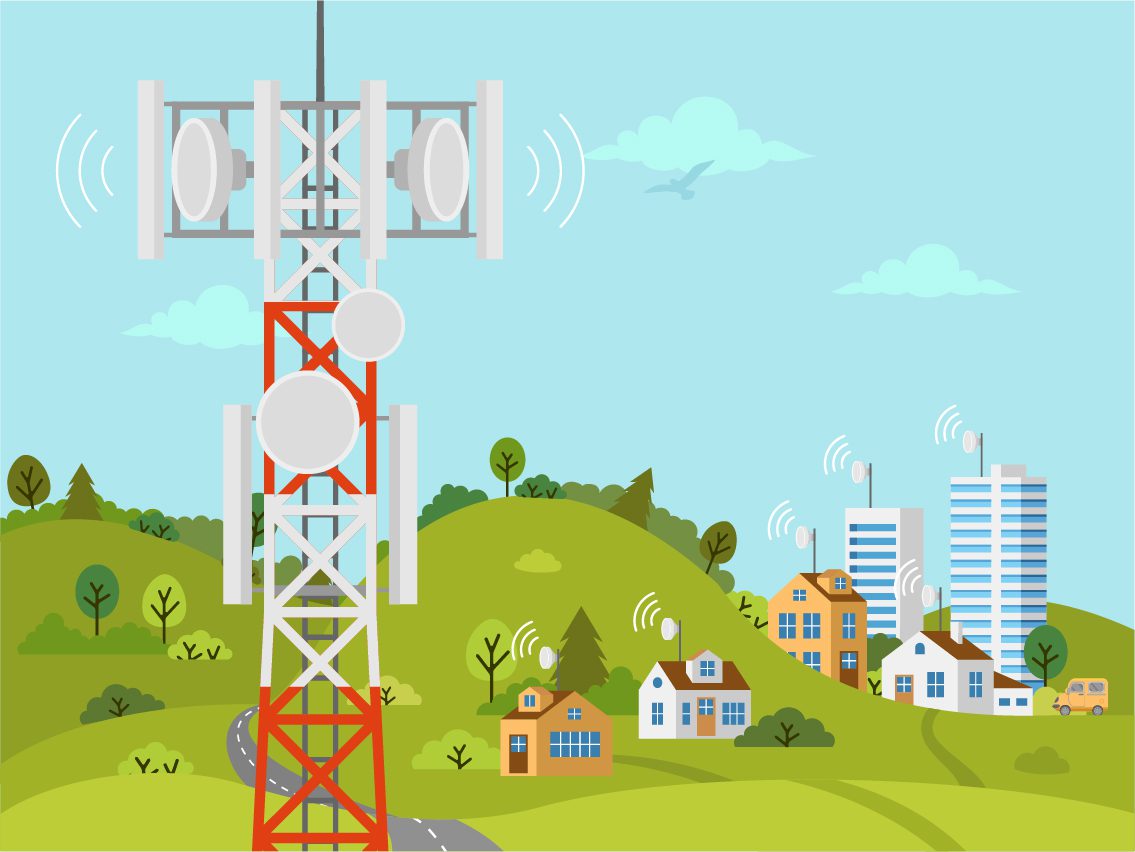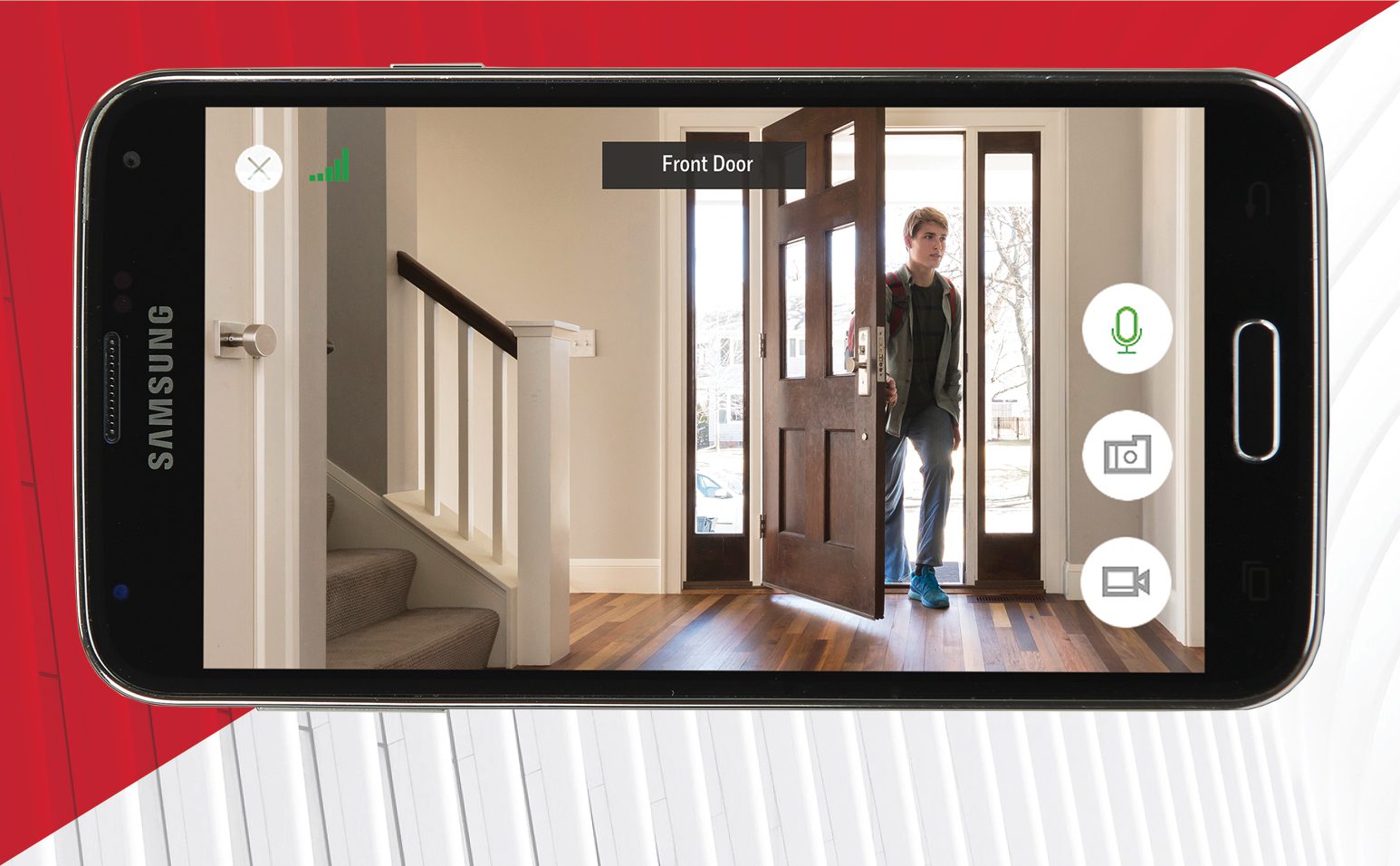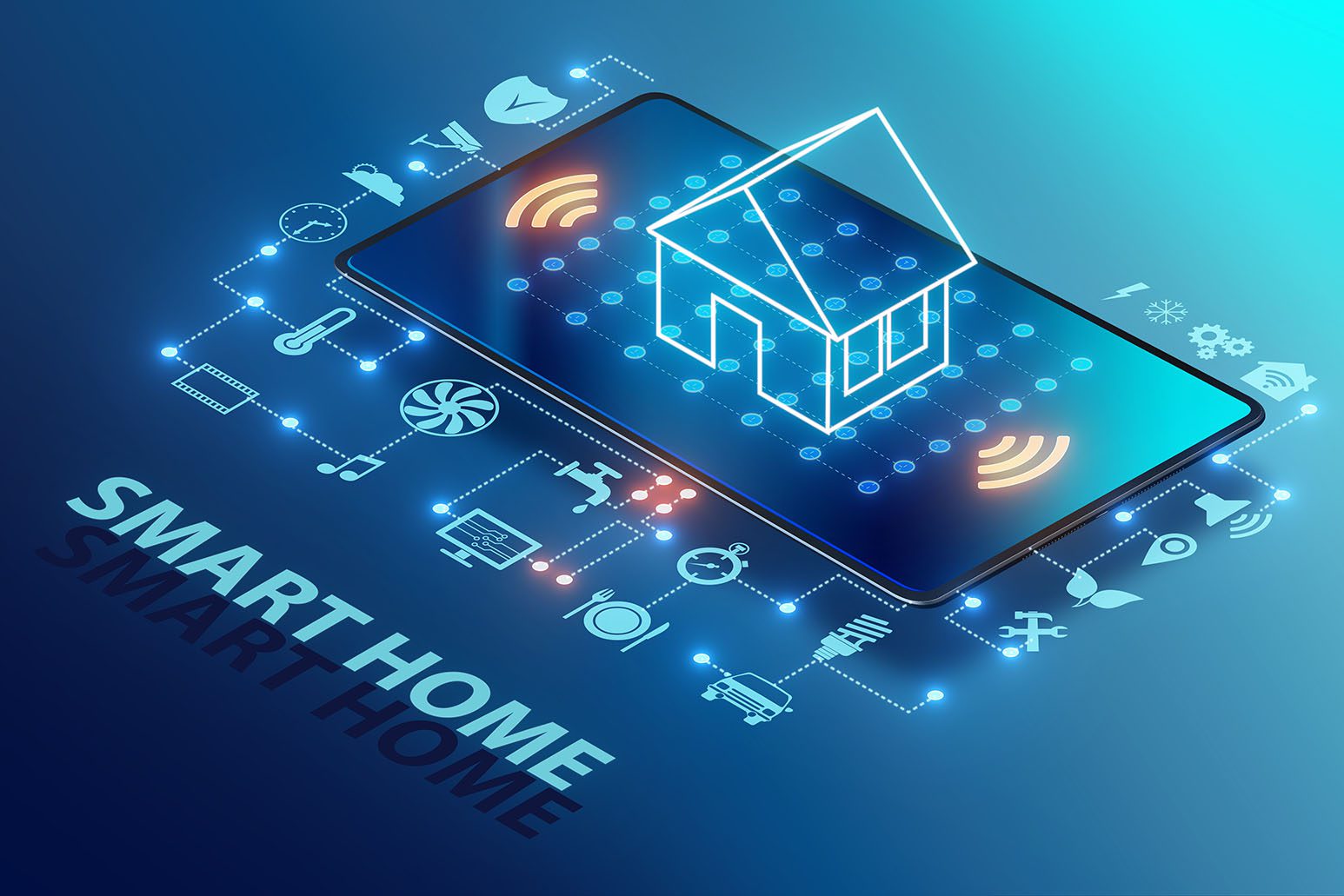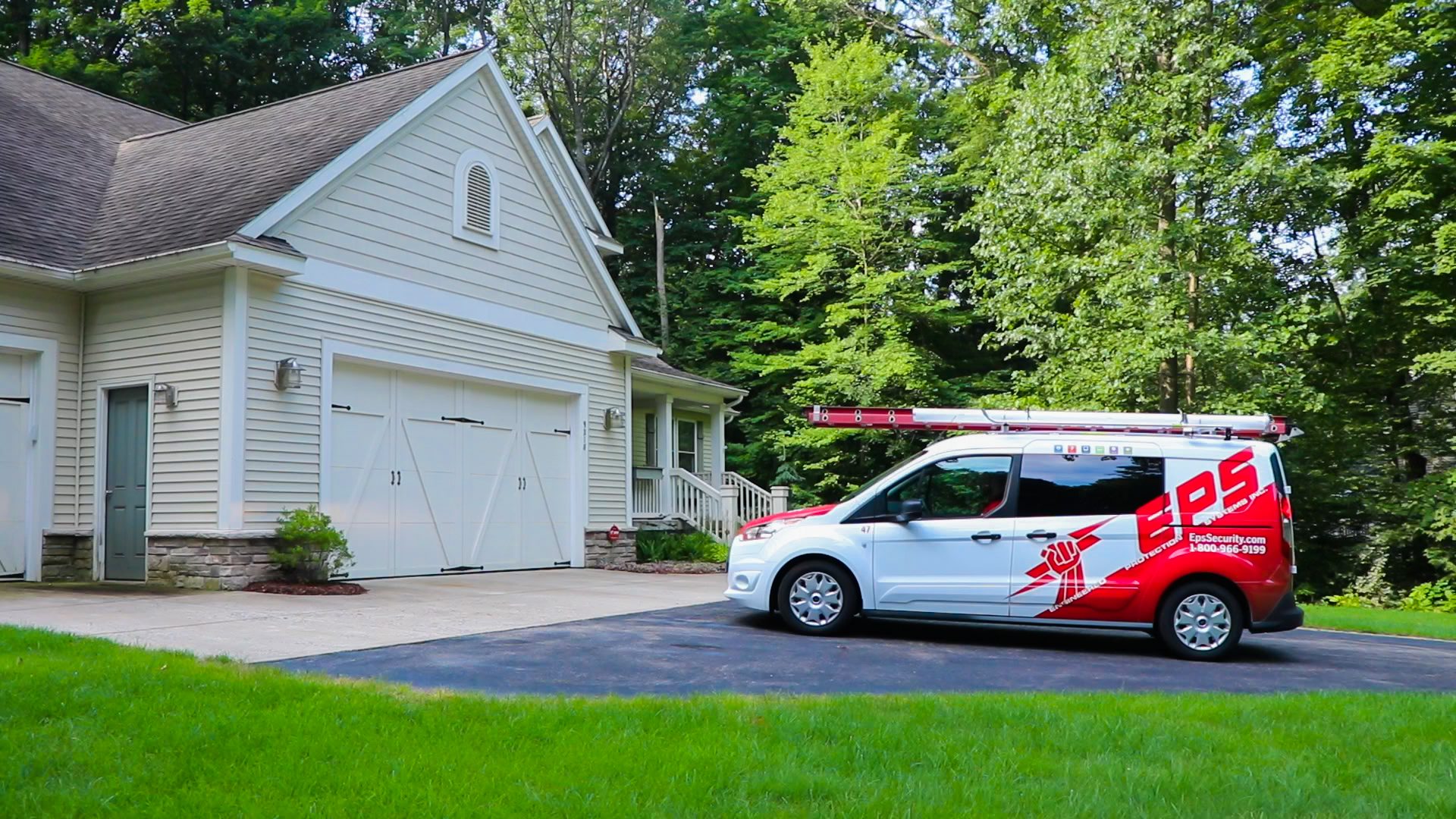
Home security systems have been around for decades, but it doesn’t mean that they’ve stayed static. Especially in recent years, advancements in home automation, detection, and internet technologies have reshaped the face of home security. 3G cellular networks were first introduced in 2002; now, telecommunication companies are working on building their 5G infrastructure. Security devices and surveillance cameras have gotten smaller, cheaper, and better. High-speed internet can connect devices from your security system to your dishwasher.
The home security industry has changed rapidly over a very short period—and it shows no signs of slowing down. However, the growth in power and adaptability in home security devices means the procurement and installation of a truly comprehensive security system can be a complicated and confusing endeavor. Whether you’re reading into home security systems for the first time or you’re a seasoned professional looking to buff your existing setup, make no mistake—the future of home security is now, and it’s never looked better.
Where we are now: the age of the smart home
You’ve probably heard the term “smart home” thrown around on television and radio ads. A “smart” device is one that has some amount of autonomous computing power and can connect to other devices via the internet or radio signals. The “smartphone” is the most ubiquitous example of a smart device with its call-making capabilities often overshadowed by its ability to access the internet for web surfing, app downloading, and more. But your phone isn’t the only everyday appliance capable of “smartness.” Televisions, refrigerators, and even coffee pots can come equipped to connect with each other and work together in ways to make your life easier.
The security industry has embraced smart technology as a way to marry the necessary protection of a home security system with the increasing demands of the modern lifestyle. From security perspective, smart home technology allows for the devices in your home to speak to each other, creating a “web” of protection. Devices can be programmed to specific schedules, enabling locks to engage and garage doors to shut at unique times or in conjunction with each other. The system can be armed or disarmed remotely and alarm activity can be checked remotely. Surveillance cameras can be pulled up and motion alerts can be sent from your video doorbell to your smartphone, tablet, or computer.
Naturally, these features speak to a certain standard of flexibility, convenience, and comfort that only a smart home security system can provide. Checking on pets and children at home while you’re in the office is a breeze. Forgetting to lock the front door or set the alarm system can be rectified from a phone application. Security devices can be set to arm as porch lights are turned on and garage doors closed. Smart home technology has been so seamlessly integrated with home security that it has become an expectation by homeowners for their professional-grade systems to come equipped with such features—and the capabilities for automation appear destined to only increase in flexibility and reliability in time.
The next tier of communication: the LTE cellular alarm signal upgrade
The phasing out of old copper phone lines has already begun. Major telecommunication companies have begun replacing Plain Old Telephone Service (POTS) lines with Voice Over Internet Protocol (VOIP) lines to improve call quality and reliability. While this is great news for most homeowners, it’s thrown a kink in the plans of security providers, whose systems relied for decades upon those old copper lines to send alarm signals from control panels to their monitoring centers for emergency dispatch.
To ensure that their security systems are reporting consistently, service providers have turned to a new source of communication: cellular alarm communicators. Essentially, a device is installed on a security system that takes the alarm signals from the panel and transmits them to a cellular tower, which in turn relays them back to the designated monitoring center. By using cellular radio signals, cellular alarm communicators eliminate the need for phone lines entirely.
Cellular communicators bring numerous positive benefits to home security systems. Homeowners who have already eliminated their “everyday use” phonelines as they’ve transitioned to mobile phones no longer need to pay for a phone line exclusively for their alarm system. Burglars can no longer locate and sever a phone line to prevent an alarm signal from being sent for emergency dispatch. Additionally, cellular alarm communicators can often use the internet for backup communications in the event of cellular communication issues.
The only real downside of cellular communication is also what makes it such an excellent form of communication: the constant push by telecommunications companies to better connection speed. As cellular networks become stronger and faster, new towers must be built to support the newest generation of cellular communication. When telecom companies decide to phase out slower cellular networks in favor of faster ones, security companies are forced to update existing cellular communicators to ensure continued operation. Depending on the size of the security provider, this project can take years and require thousands of system updates.
Such an event is occurring as we speak. The push to 5G has resulted in telecom companies terminating their support of 3G/4G networks—a situation coined the “3G/4G sunset” but those in the industry. Security companies are contacting their customers en masse to let them know of the need for a system in preparation for the exclusive existence of the 4G LTE/5G network. The logistics of such a massive project often requires special effort on the part of security providers to inform customers of the need to schedule appointments to update their system.
Luckily for homeowners, professional security providers like EPS Security have weathered such “sunset” projects before. In our case, a team of dedicated technicians, consultants, and schedulers work together to contact our customers well ahead of the sunset date. Once the project is completed, thousands of our customers will be ready for the next generation of cellular alarm communication on a network telecom companies intend to use years into the future.
Keeping an eye out—without breaking the bank
Surveillance cameras have been around for decades, but it’s only recently that they have appeared as fixtures in home security systems. Between running analog cabling and the prohibitive cost of video surveillance cameras and video recorders, cameras were most often utilized in commercial properties such as banks, manufacturing plants, and retail stores. However, an explosion in innovation in the field of digital surveillance cameras and wireless communication in recent years has resulted in the widespread adoption of high quality, affordable security cameras in residential properties.
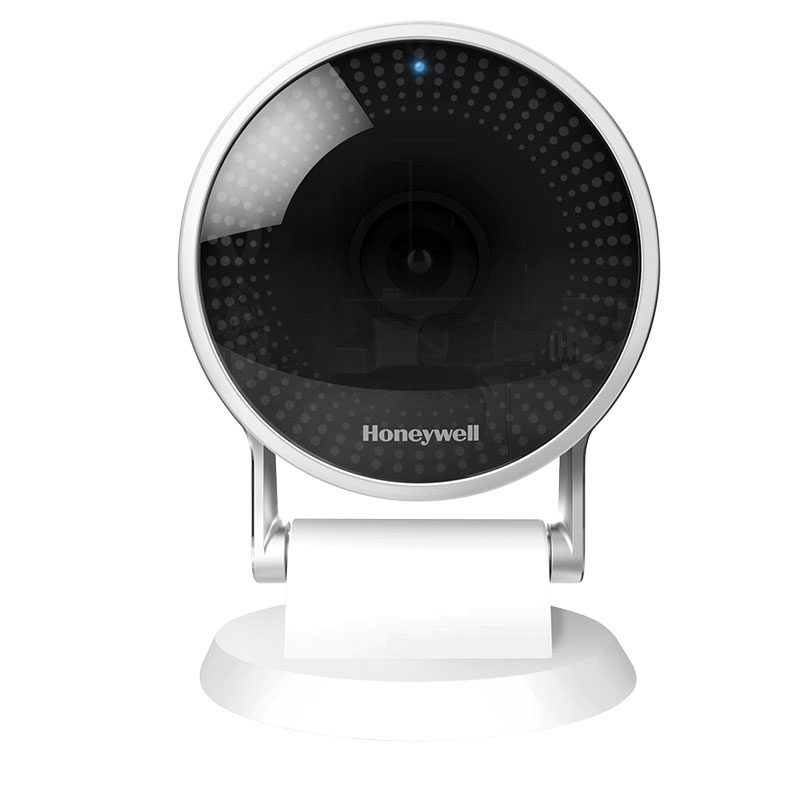 Wireless digital cameras have been around for the last few decades, but it’s only recently that major manufacturers have been able to produce high-grade cameras cheaply. These are not the grainy “security guard in an 80s heist movie” cameras you may have in mind. For instance, a Honeywell Home© WIC2 IP camera (pictured) can capture images up to 2MP at 30 frames per second with options for 7 or 30 day video storage. What’s more, compatible residential security cameras can often integrate with other smart home devices. Instead of pulling up four different applications on your smartphone to check your cameras, arm your system, and lock your doors, you can manage all compatible devices from a single platform such as EPS Security’s Total Connect.
Wireless digital cameras have been around for the last few decades, but it’s only recently that major manufacturers have been able to produce high-grade cameras cheaply. These are not the grainy “security guard in an 80s heist movie” cameras you may have in mind. For instance, a Honeywell Home© WIC2 IP camera (pictured) can capture images up to 2MP at 30 frames per second with options for 7 or 30 day video storage. What’s more, compatible residential security cameras can often integrate with other smart home devices. Instead of pulling up four different applications on your smartphone to check your cameras, arm your system, and lock your doors, you can manage all compatible devices from a single platform such as EPS Security’s Total Connect.
The other trend in video technology is the integration of videos into previously “dumb” object—specifically, doorbells. Video doorbells have increased dramatically in popularity in just the last few years especially as more people find themselves working from home. For example, EPS Security supports the Skybell video doorbell (pictured), a high-tech smart device that synchronizes seamlessly with our Total Connect smart security platform. In addition to functioning as just a “plan-ol’-doorbell,” a Skybell includes: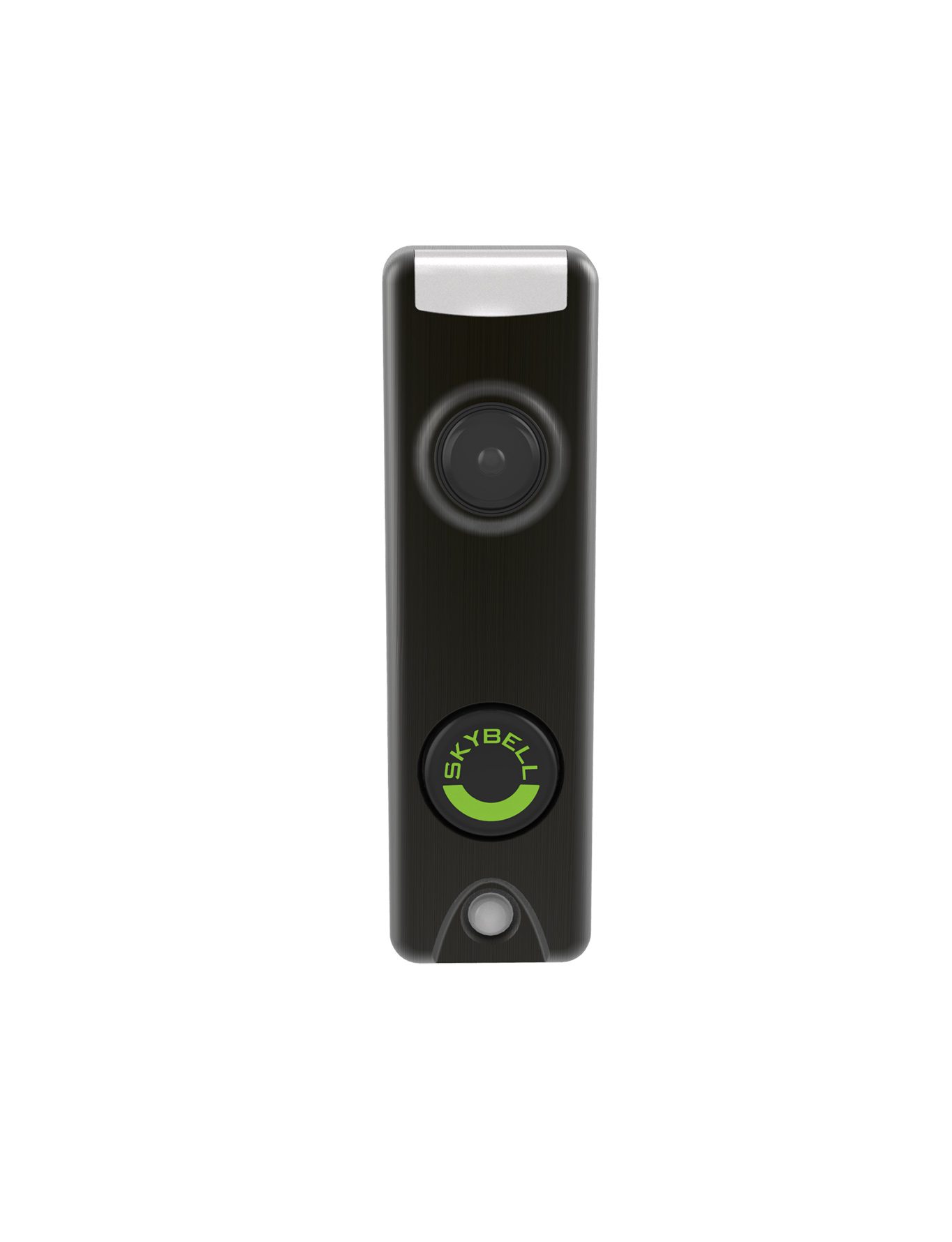
HD and color night video
Extreme weather and temperature resistance
Two-way audio
Motion alerts and sensitivity adjustments
By being able to screen who is at your door, communicate with guests, and even keep an eye on delivered packages remotely, a Skybell perfectly complements both facets of a comprehensive smart home security setup—serious security and unparalleled convenience. And much like its video camera counterparts, video doorbell technology has both improved in quality and cost in a very short amount of time, making it a realistically affordable security option for the average homeowner.
What’s next: the future of home security
It’s impossible to say with any certainty what the next “major trend” in home security technology will be. However, there are several points already dominating the professional security conversation, including:
Data security
The widespread adoption of the smart home comes with an inherent risk: hacking. Most professional security companies utilize sophisticated devices with high-level encryption, but many “do-it-yourself” options leave themselves open to risk. While numerous reports have covered hacked security devices, all of them fundamentally boil down to two issues: built-in security flaws from DIY products and improperly protected home wi-fi. As more and more homes contain internet-connected devices, manufacturers and security companies will be looking at how to best protect their customers’ privacy and data.
AI integration
It may seem like science fiction, but AI is already shaping the way we live. From a security perspective, AI appears most promising in the field of security cameras. Instead of relying on a person to pour over potentially dozens of security cameras to spot something amiss, a computer program using facial recognition could detect an intruder in seconds—and even cut down on false alarms by differentiating said malfeasant from a dog or cat. The ethical and legal concerns and ramifications of AI and facial recognition will likely play out over the course of the next decade. In the meantime, it’s safe to assume manufacturers will keep pushing the envelope to see just how exactly AI can improve the home security experience.
Total home automation
No, we’re not talking about robot butlers and talking coat racks. The push to connect the home security system with various other “home care” aspects has already begun. Devices already exist to detect changes in water pressure or let you know if your furnace filter needs to be changed. As the smart home becomes the norm, the number and variety of devices that can communicate with each other is likely to increase dramatically. Security product manufacturers and service providers are likely to dive into devices previously overlooked (e.g., the video doorbell) and find ways to enhance the security of the home at large by finding ways to teach old dogs (or devices) new tricks.
Past, present, future: the EPS Advantage
It’s clear that the landscape of the home security industry has changed considerably in just a few short years, and it’s likely that every new decade will bring more industry-altering developments. Choosing a security provider who can not only weather such changes but stay at the forefront of said technologies is crucial to the continued protection of your home. EPS Security has been an industry leader in home security solutions for 65 years. We work closely with the top vendors in the security industry to provide our customers with the best technology at competitive prices. Our consultants, engineers, and technicians work to deliver you a custom security solution that fits your unique needs and protects what matters most to you. When it comes to securing your places, people, and things, trust EPS Security and discover the peace of mind that more than sixty years of experience can bring to you.

